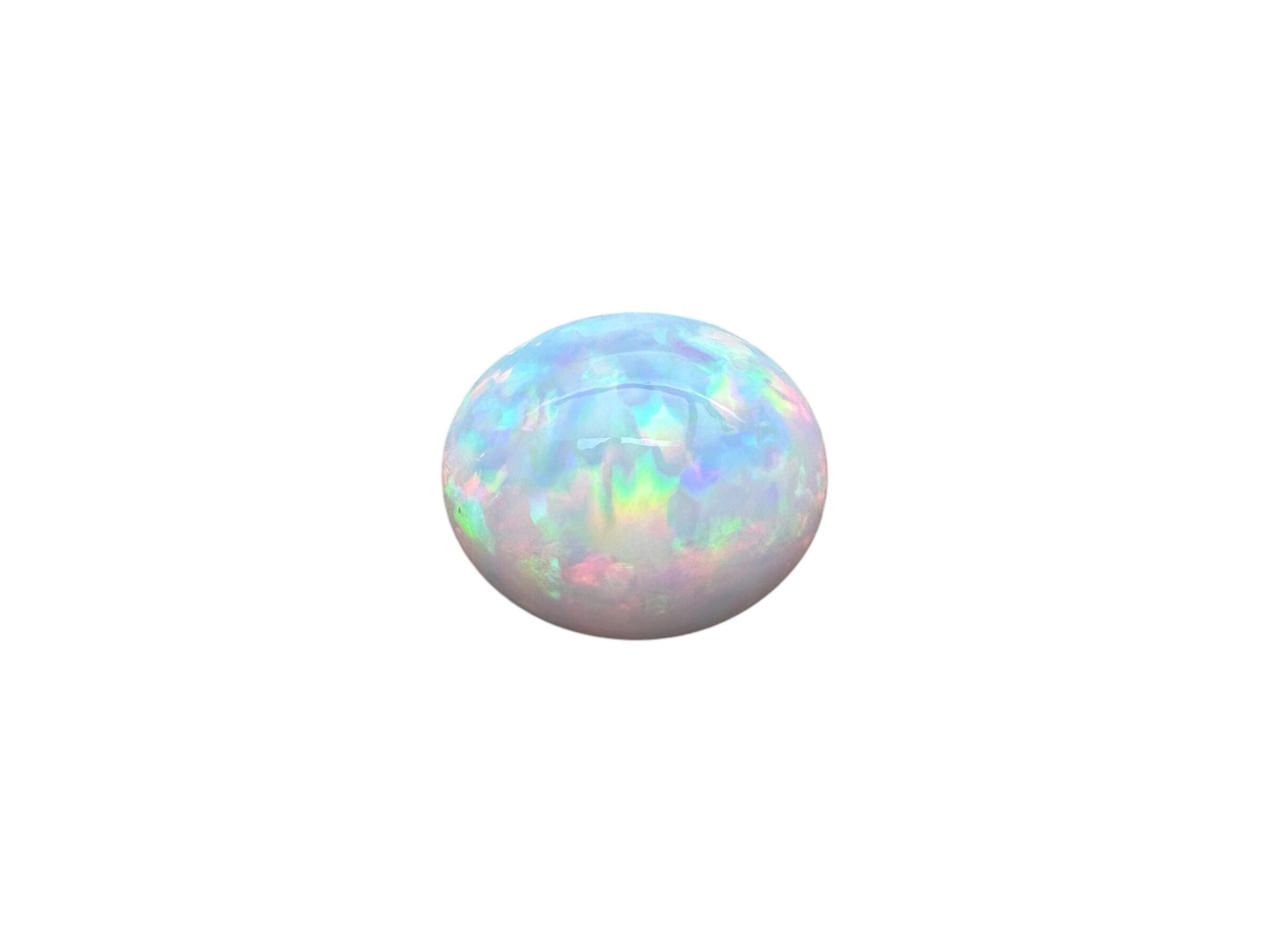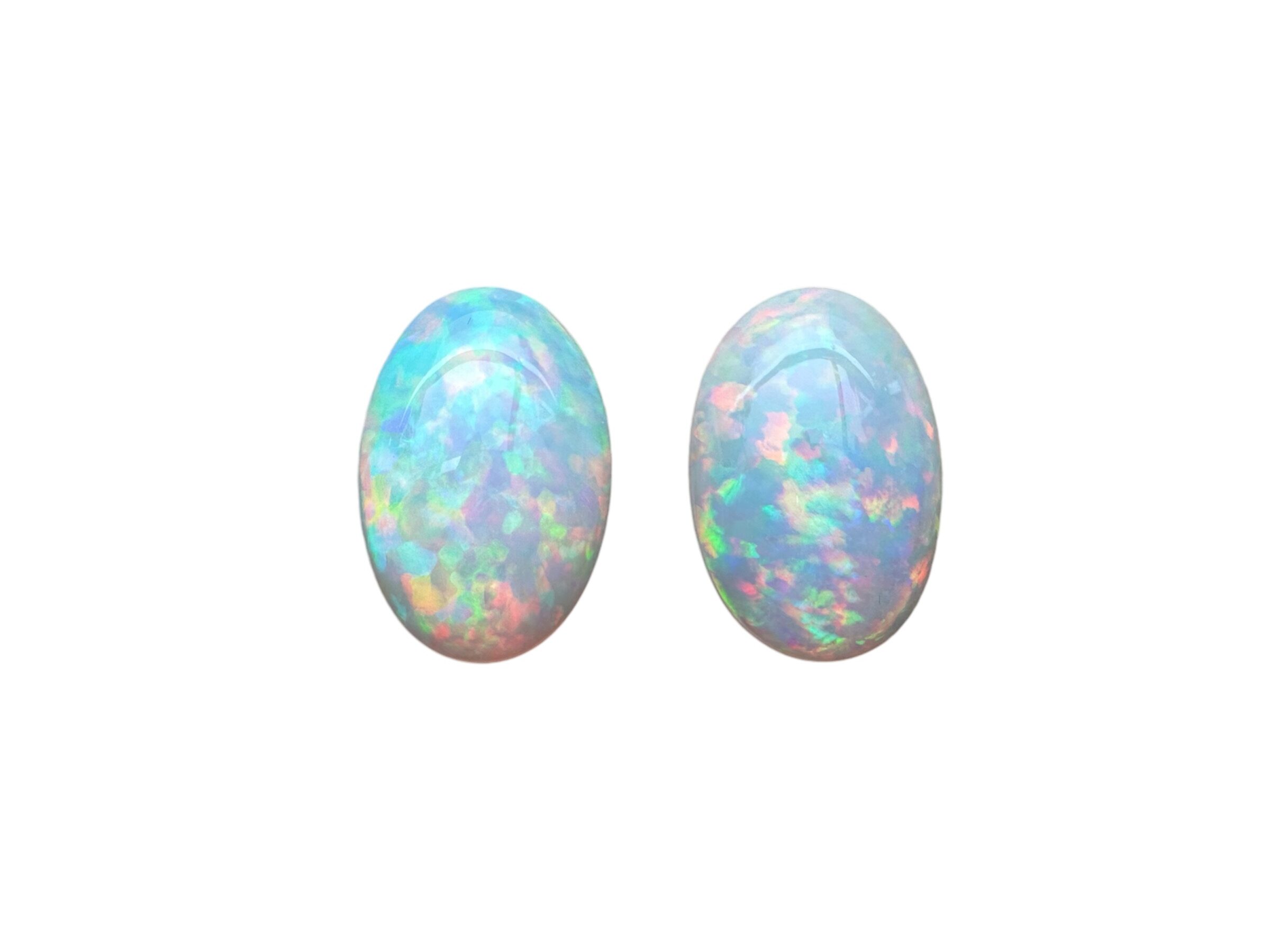Opal
Time and again the question comes up whether opal is increasing in value and is suitable for investment. The answer is yes, but there are some things to consider: Opal is a quartz that contains water in its crystal lattice and is relatively soft. The percentage of water can be as high as 15% and once this is removed from the stone, it cannot be added. For this reason, opals must be protected from intense sunlight and heat, and they also have a habit of absorbing cosmetics and perfumes through their porous structure. These chemical substances can destroy the opal over time.
The market for opals is much narrower than that for rubies or sapphires. This can be a disadvantage on the one hand, but if you are familiar with the gemstone opal, it can also develop into an advantage as a result of the narrowness of the market. But the opal will certainly not be the first stone, if one starts an investment strategy in gemstones.First to the most famous opal: the precious opal. It is white or milky in its basic mass and is said to show a strong play of colors on its surface. The stronger it is, the smaller the colors and the larger the opal, the more expensive it is. The best precious opal is found in Coober Pedy in Australia. Other places of discovery are among others Brazil, Mexico, Peru and in Ethiopia. In Europe there used to exist a mining in Silesia, a good part of the jewelry of the Danube monarchy in Austria is set with these opals.The more expensive representative of the opal compared to the precious opal is the black opal: here the basic mass of the stone is black or dark gray and the opalescence is therefore even more pronounced. Its main locality is Lightning Ridge in Australia, where it was first found in 1901. What precious and black opal have in common is that they should be free of matrix in high quality, which means that no mother rock should adhere to the respective stone. The three other variants of opal, the fire opal, the boulder opal (opal embedded in its surrounding rock matrix) and the yowah nut opal (is found in stones that look like nuts) have their importance in the jewelry and collector sector, but hardly in the investment sector.Opal is colored for better appearance in the trade partly by “boiling” it in sugar water, for example, also the dyeing is generally known. Furthermore, doublets and triplets are found on the market (composite stones, glued together, for example, from a black stone as a carrier material, over it a thin layer of opal and above it again a rock crystal dome). Therefore, with opal it is important that it is purchased only with a certificate from a gem laboratory. Worn in jewelry, the stone is very sensitive, so we do not recommend processing it when thinking of investing.
Showing all 2 results

